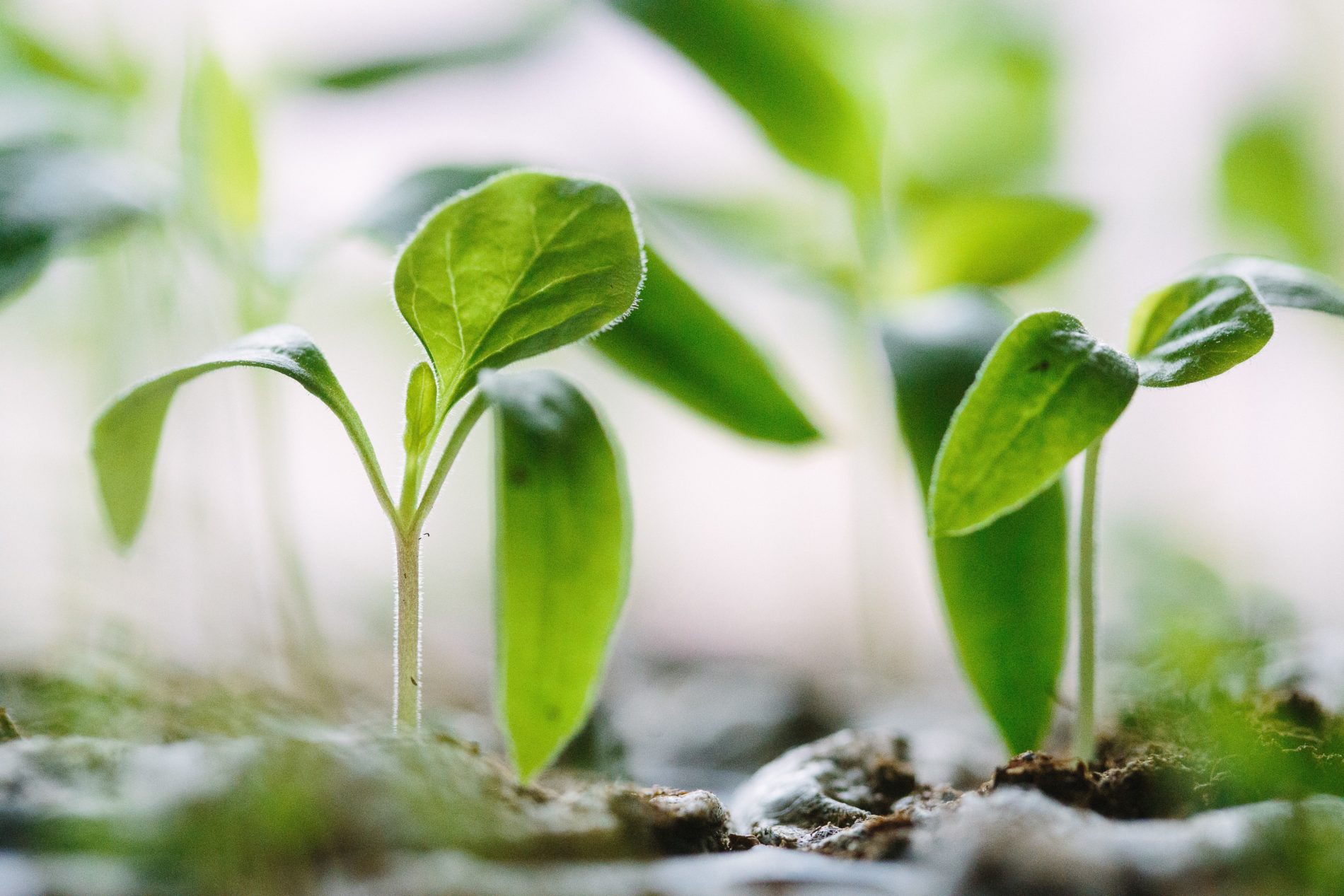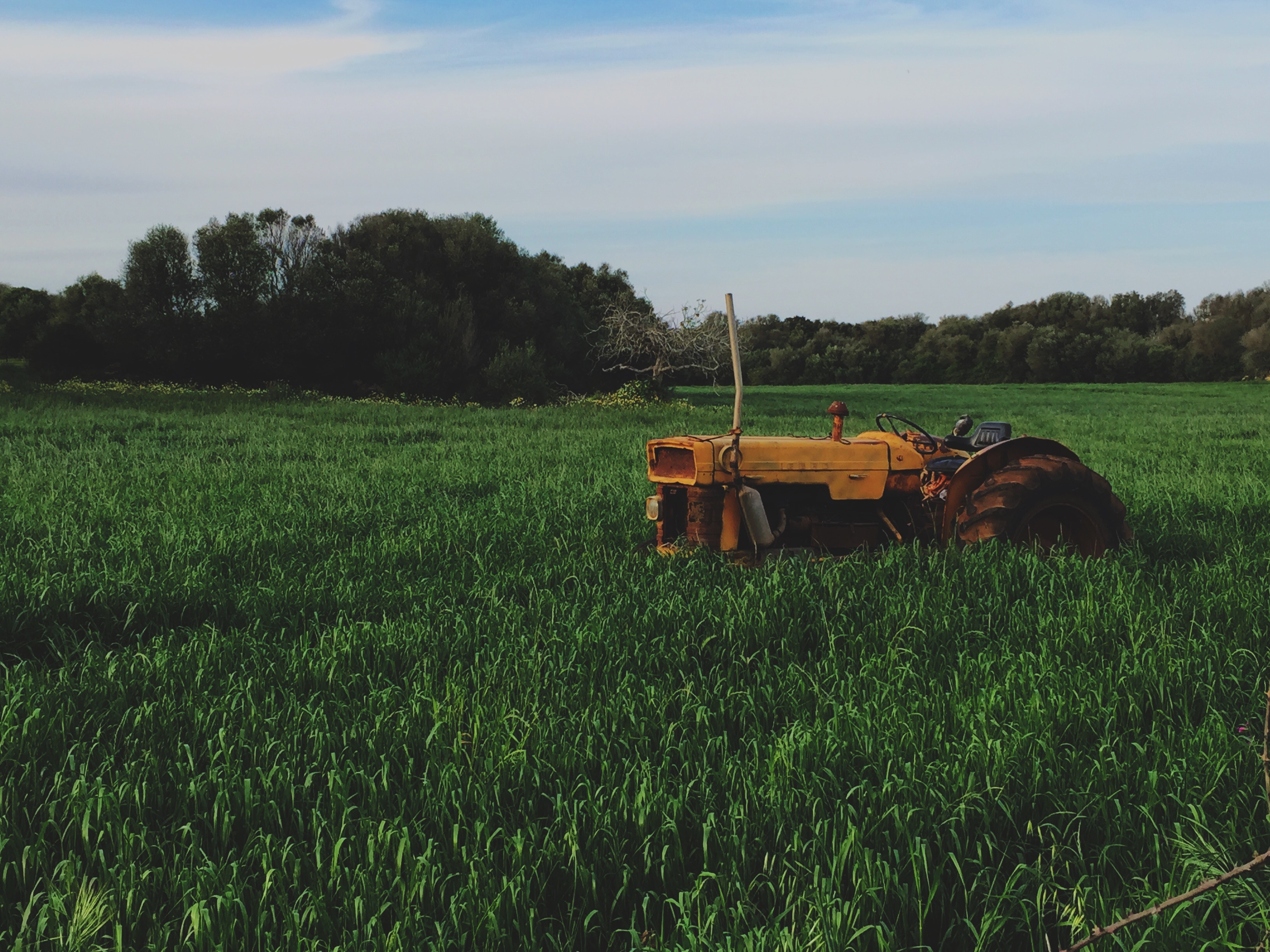After more than a decade of decreasing food insecurity numbers across the world, hunger and malnutrition are on the rise. The 2018 State of Food Security and Nutrition in the World report (SOFI) shows that an estimated 821 million people – 1 out of 9 people – worldwide, are chronically undernourished.
Investing in agriculture is one of the most effective ways of reducing hunger and poverty, promoting agricultural productivity and enhancing environmental sustainability.
Despite this key knowledge, the 2018 progress report on the Sustainable Development Goals discloses that both foreign and domestic investments in agriculture are decreasing. According to the report, the share of OECD-DAC countries aid to agriculture has decreased from close to 20 percent in the mid-1980s to only 6 percent – USD 12.5 billion – in 2016. Simultaneously the SDG progress report reveals that government spending on agriculture has not been proportional to the sector’s share of the gross domestic product (GDP).

In the photo: Plant Saplings Photo Credit: Francesco Gallarotti
The Future Role of Agriculture
There is no doubt that agriculture will continue to be crucial for food security in the world. However, in order to attract investments, agricultural systems and practices will also need to adapt to meet the challenges of modernization and technical development. FAO has a key role to highlight the innovative potential of agriculture as a driver of sustainable development and to unlock both foreign aid and domestic investments to this sector.
Need for Agricultural Innovation
In November 2018, FAO kick-started the Decade for Family Farming by hosting the first ever International Symposium on Agricultural Innovation for Family Farmers: “Unlocking the potential of agricultural innovation to achieve the Sustainable Development Goals.”
Innovation is a driving force with the capacity to transform food systems, lift family farmers out of poverty and help the world to achieve food security, sustainable agriculture and the Sustainable Development Goals. The Symposium provided inspiration for innovation actors and decision-makers by sharing success stories of innovators.
A publication by FAO ahead of the event titled FAO’s Work on Agricultural Innovation; Sowing the Seeds of Transformation to Achieve the SDGs gives technology-interested readers interesting examples of key innovations in the agricultural sector. One example is the use of drones to combat locusts, another is the use of supercomputers to harness geo-spacial data to monitor the impact of climate change and feed into land-use policies.

In the photo: Man driving combine harvester in Lincoln, US Photo Credit: Noah Buscher
Another example of successful innovation that has acted as a catalyst for transformative change at the country level highlighted a project in Zambia where FAO, with the support from the European Union, developed and rolled out an innovative electronic transfer system for cash and extension services. FAO used satellite data such as remote sensing technologies to collect and share data on soil moisture, temperature and crop growth. This enabled farmers to optimize crop management and reduce the use of fertilizers, pesticides and water. While the project started with about 100,000 participants, by the time it graduated from FAO into the Government’s national programme it was reaching more than one million farmers.
Yet, there is another side to innovation; in order to work it has to go beyond technology such as apps, drones and farm machinery. For innovation in agriculture to be sustainable, it will also need to address societal processes, institutions and access issues, ensuring that farmers have access to markets, credits and extension services that support their learning and development.
In the photo: Close-up of wheat Photo Credit: Dominik Martin
The Role of FAO to Enhance Agricultural Investments
The challenge of decreasing investments in the agricultural sector combined with rising expectations that the agriculture sector is fundamental in achieving the Sustainable Development Goals, presents both an opportunity and a challenge for FAO; the Organization has to bring to the attention of the world the innovative and transformative potential of agriculture to alleviate poverty and reduce hunger.
Through its presence in more than 130 countries, FAO is endeavouring to reverse the trend of decreasing foreign aid investments in agriculture by boosting transformative partnerships to deliver sustainable results in the agriculture sector.
In partnership with the European Commission, FAO is attempting to increase the investment aptitude of smallholder farmers and boost the capacity of small rural enterprise to attract the necessary private capital required to grow. The Agrintel project, signed at the end of 2018, aims to reduce risks associated with agricultural production by supporting informed decision-making and demand-driven value chain analysis regarding investment opportunities amongst key stakeholders on the ground.
A recent FAO USD 30 million multi-partner initiative in the West Bank gives us another idea on how FAO can handle this challenge on the ground; in a setting characterized by reducing competitiveness and incentive for business and an increasing trade deficit, FAO is attempting to boost smallholder agriculture to enhance its capacity to contribute to food security, and as the source of primary supply for the agribusiness sector. In the West Bank, this sector accounts for the largest share of the GDP produced in sectors exposed to foreign competition, and 21 percent of total exports.
The FAO intervention seeks to address weaknesses in the agricultural sector by enabling the Palestinian agribusiness to generate better income, trade and welfare following an integrated value chain development approach towards more market-oriented, competitive and profitable agribusiness. Interventions will be made in all stages of the value chain to improve incomes and labor productivity in agribusiness, ultimately enhancing its contribution to the economic growth and welfare of the Palestinian people.

In the Photo: Path cutting through fields, Vietnam Photo Credit: Thong Vo
The Way Forward
The West Bank example is just one of many ongoing FAO interventions acting as a catalyst for new partnerships as well as public and private investments to foster and scale up agricultural innovation. By analyzing opportunities and bottlenecks, and by bringing key stakeholders together at national, regional and global level, FAO can use its global mandate to foster a thriving environment for investments in the agricultural sector. FAO is ready to take up the challenge and the Organization counts on its partners to make the necessary financial resources available to reverse the trend of declining agricultural investments.
EDITOR’S NOTE: THE OPINIONS EXPRESSED HERE BY IMPAKTER.COM COLUMNISTS ARE THEIR OWN, NOT THOSE OF IMPAKTER.COM FEATURED IMAGE CREDIT: Xavi Moll











